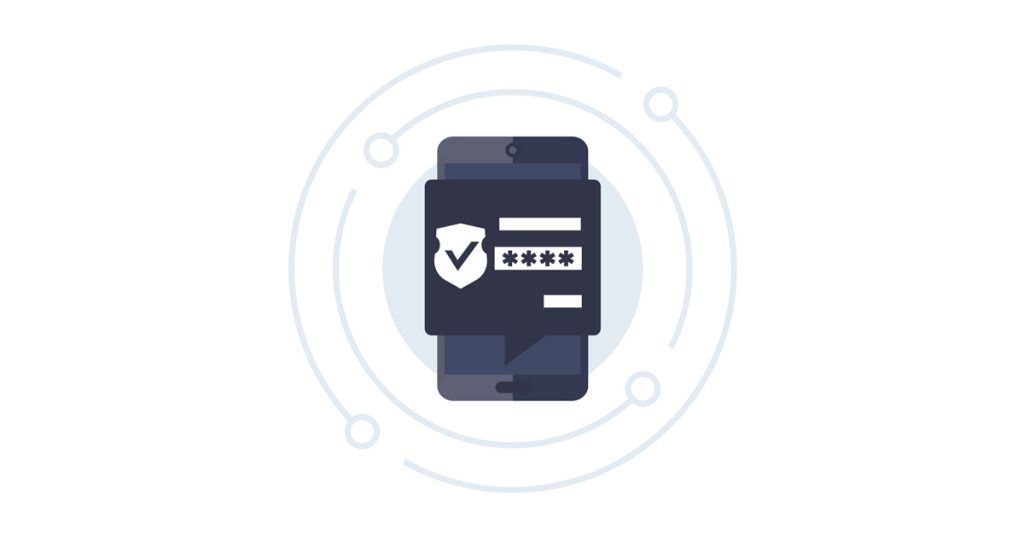Here are five key best practices for password management:
- Use a password manager
A password manager is one of the most effective tools for creating and securely storing strong, unique passwords for all your accounts. Password managers can generate complex passwords, store them securely, and auto-fill them when needed. This eliminates the need to remember multiple passwords. - Create long, strong, unique passwords
Use passwords that are:
- At least 12-16 characters long
- Include a mix of uppercase and lowercase letters, numbers, and symbols
- Avoid personal information or common words
- Unique for every account – never reuse passwords
- Enable multi-factor authentication (MFA)
MFA adds an extra layer of security by requiring a second form of verification beyond just a password. This could be a code sent to your phone, a biometric scan, or a physical security key. Enable MFA wherever it’s offered, especially for important accounts. - Only change passwords when necessary
Contrary to older advice, frequently changing passwords is no longer recommended unless there’s a reason to believe an account has been compromised. Frequent changes can lead to weaker passwords over time. - Be vigilant against phishing and social engineering
Never share your passwords with anyone, even if they claim to be from IT or a trusted company. Be wary of unsolicited requests for your login information. Access sensitive accounts directly through official websites or apps, not through links in emails.
By following these best practices, you can significantly enhance the security of your online accounts and protect your sensitive information from unauthorized access.
